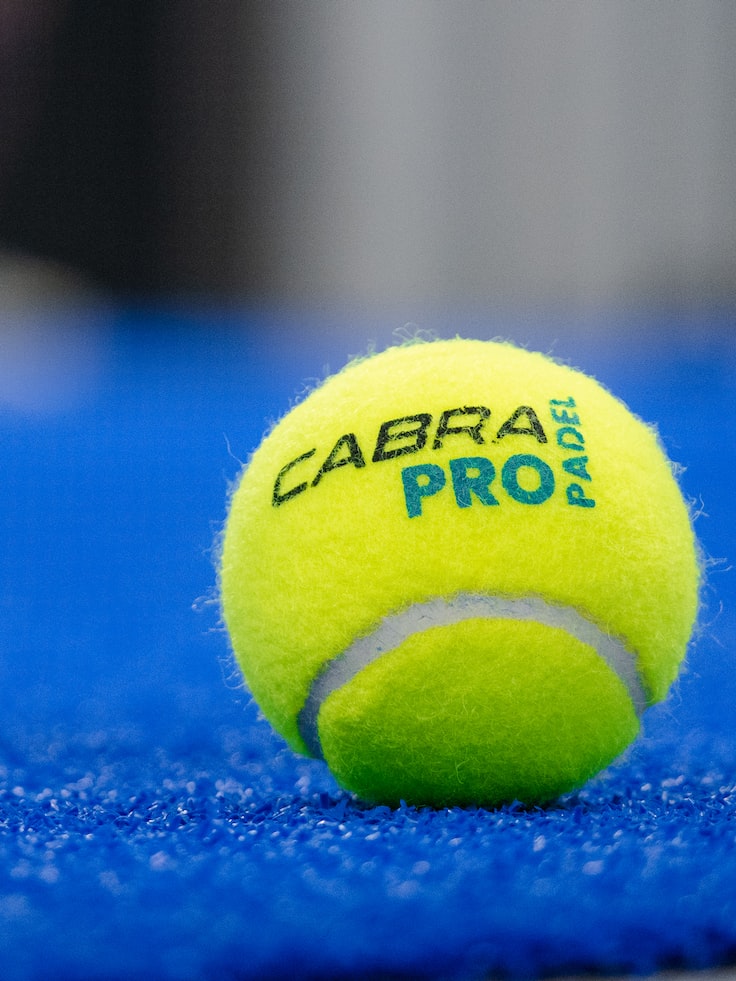Ignite Your Padel Game with a Deeper Understanding of Court Boundaries
3 min read
Ignite Your Padel Game with a Deeper Understanding of Court Boundaries
Greetings, fellow padel enthusiasts! Today, we are going to dive headfirst into the fascinating world of padel court boundaries. Understanding court boundaries is vital for any aspiring padel player who wishes to master the game. So, get ready to elevate your skills and take your game to new heights!
Getting to Know the Field of Play
Before we embark on this journey, let’s familiarize ourselves with the padel court. The beauty of padel lies in its compact dimensions, making it easier to cover the entire court without running yourself ragged.
Now, let’s understand the basic layout of the court. Each side of the court is enclosed by glass walls, with a height of three meters. The playing area is 20 meters long and 10 meters wide, divided into two halves by a central net. Additionally, there are service boxes situated on both halves of the court.
Having a clear picture of the court’s dimensions is vital to understanding how to take control of your shots and dominate your opponents. The more you know about the playing field, the better equipped you’ll be to strategize your every move!
The Art of Serving
Serving is an essential aspect of padel and mastering it requires a solid understanding of the court boundaries. When serving, make sure both feet remain within the service box until the ball makes contact with the paddle. Failing to do so will result in a foot fault, which can easily be avoided with a little practice and concentration.
Additionally, the ball must first bounce within the diagonally opposite service box before hitting any part of the glass wall. This ensures a fair play and adds an exciting element to the game. So, next time you step up to the service line, remember to hit that perfect serve with your feet firmly inside the service box!
Understanding Ball In and Out
Now, let’s explore the thrilling concept of the ball being in or out of bounds. A ball is considered in play as long as it makes contact with any part of the court, including the walls. However, if the ball hits the outer line on the ground or crosses the outer line in the air without touching any part of the court, it is deemed out of bounds.
Keep your eyes sharp and your reflexes honed to make accurate judgments during intense rallies. Controlling your shots to land within the court’s boundaries will minimize your errors, increase your scoring opportunities, and leave your opponents awestruck!
The Strategic Advantage of Court Boundaries
Understanding the court boundaries gives you a competitive edge and opens up a world of innovative shot opportunities. Using the walls strategically can help you create unexpected angles that catch your opponents off guard.
Take advantage of the walls by practicing your rebound shots. By hitting the ball off the glass at a shallow angle, you can create a difficult return for your opponents, gaining an upper hand in the game.
Ultimately, knowing the court boundaries inside out allows you to plan your shots, control the tempo of the game, and make precise decisions that keep your opponents on their toes.
Final Thoughts
We hope this article has kindled a deeper understanding of padel court boundaries and its importance in mastering the game. Remember to practice consistently and always keep an eye on the ball to ensure your shots land within the court’s boundaries.
So, fellow padel enthusiasts, let’s hit the court armed with this newfound knowledge and take our game to the next level. Ignite your potential, embrace the thrill of padel, and discover the joy of playing within the boundaries!
Keywords: how to understand padel court boundaries, padel game, padel court, padel player







